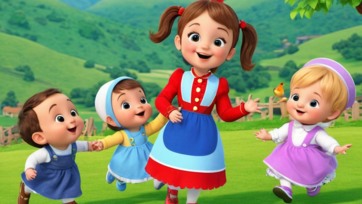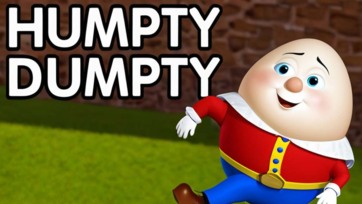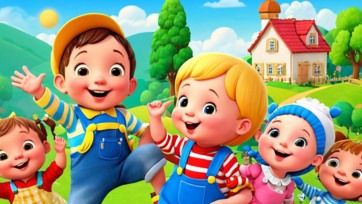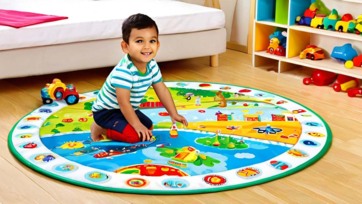The Story Behind “Baa Baa Black Sheep”
“Baa Baa Black Sheep” is one of the most well-known nursery rhymes, dating back centuries. Despite its simple lyrics, the rhyme has a rich history that reflects aspects of economics, social class, and culture. The origins of “Baa Baa Black Sheep” can be traced back to the wool industry in medieval England, where sheep farming played a significant role in the economy.
The rhyme itself is thought to have been written during a time when the wool trade was booming, especially in the 13th century, when King Edward I imposed heavy taxes on wool. The “master” and the “dame” in the rhyme are often interpreted as the wealthy upper class or landlords, while the “little boy who lives down the lane” could symbolize the working class or those left with very little after taxes.
Some versions of the rhyme have sparked controversy, as certain interpretations link the lyrics to darker periods in history, such as slavery. However, this connection has not been definitively proven, and many scholars see the rhyme as primarily a reflection of the social and economic landscape of its time rather than a commentary on racial issues.
The Educational Value
“Baa Baa Black Sheep” is frequently used to introduce children to the world of animals, specifically sheep, while also teaching them about the sounds animals make. The repetitive nature of the lyrics helps with memorization, making it an excellent tool for early language development.
The rhyme also offers an opportunity for children to practice counting, as they can count the number of bags of wool mentioned in the song. This promotes basic numerical skills in a playful context, keeping young learners engaged.
Variations and Cultural Impact
Throughout the years, there have been several variations of “Baa Baa Black Sheep,” including different colors of sheep like “Baa Baa White Sheep” or “Baa Baa Rainbow Sheep.” These changes reflect modern efforts to make the rhyme more inclusive or to explore new creative possibilities within the song.
The rhyme has also appeared in countless adaptations, including books, animated videos, and television programs for children. Its cultural impact is undeniable, as generations of children continue to sing along to this timeless classic.
Conclusion
“Baa Baa Black Sheep” might seem like a simple nursery rhyme at first glance, but its historical roots and educational value make it much more significant. The rhyme connects us to a specific time in history while teaching young children important lessons in language and numeracy. Despite the controversies surrounding its interpretation, “Baa Baa Black Sheep” remains a beloved song for parents and educators alike, continuing to entertain and educate children around the world.








